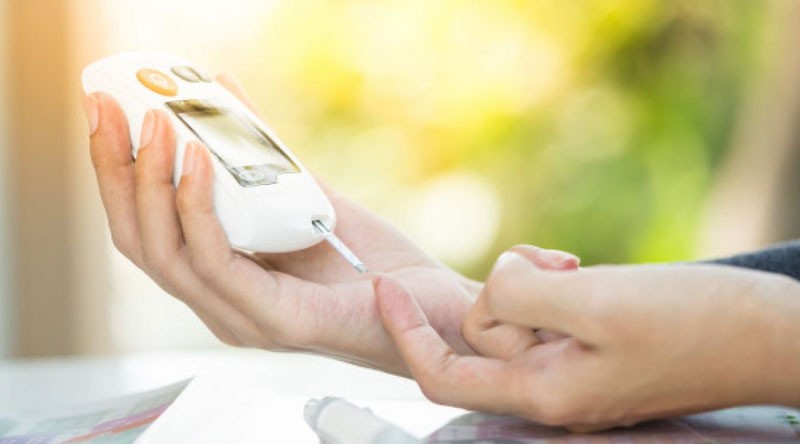Let’s take Akki Roti (Rice-flour flat breads)as an example. There are 2 kinds of cooking methods for Akki Roti, which impacts both taste and health.
Method 1: The simplest, by mixing the rice flour with other ingredients to form a dough, balls made of the dough is then cooked on the grill.
Method 2 : The traditional, It’s made with a dough where the rice flour is steam cooked in hot boiling water for a brief period and then cooled, balls made of this dough is then cooked on the grill.
GLCEMIC INDEX, is a tool developed to measure how quickly each food affects your blood sugar (glucose) levels when that food is eaten on its own. Foods with a high glycemic index, like white bread, are rapidly digested and cause substantial fluctuations in blood sugar. Foods with a low glycemic index, like barely, are digested more slowly, prompting a more gradual rise in blood sugar.
The World Health Organization (WHO) provides GI methodology guidelines for classifying food according to GI ratings
- Low GI foods: 55 or less
- Medium GI foods: 56–69s
- High GI foods: 70 or above
However Glycemic index measures only the spike in your sugar level, it doesn’t take in to account the carbohydrate it contains and the quantity you eat (i.e. the grams of carbs).
GLYCEMIC LOAD was then developed to take both of these factors into account.
Glycemic load can be useful for people with diabetes to assess what quantities of each food are likely to be suitable for maintaining good blood glucose levels.
- Low Glycemic load (low GL): 0 to 10
- Medium Glycemic load (med GL): 11 to 19
- High Glycemic load (high GL): 20 and over
However, the Glycemic Values of foods may be depending on cooking method, processing, variety and the composition of the meal.
GlycemicTools, lets you know how high your blood sugar could go when you actually eat the food, and this measurement also lets you know how much glucose per serving a particular food can deliver.
A study showed that cooked white rice which is cooled and then reheated, actually lowered the Glycemic Response (the rate at which glucose is absorbed) compared with freshly cooked white rice.
In Orissa people have been eating pakhalabhata (fermented rice) which has a slower release of sugar. Pakhlabtata is prepared from cooked rice soaked overnight in water and reheated in the morning.This cooking process increases its resistance starch (it is a kind of starch, present in few carbohydrate foods and is resistant to digestion) by 2.5 times compared to freshly cooked rice.
One more study found that cooling potatoes overnight after cooking led to a slower blood sugar spike due to formation of resistance starch. The digestibility of starch decreases with cooling.
It is also found that acidic foods like lemon pickle with Akki rotti or foods in starchy meals reduce their glycemic impact (slower sugar raise).
Some simple ways to reduce the Glycemic impact of our food
Processing alter postprandial glucose responses (blood sugar level reading measured after having food) of starch by disrupting the cell wall (Milled grain spikes sugar level faster than a whole grain).
By cooling the cooked food (carbohydrate) over night, can increase RS (Resistant starch), which passes through the intestines without being broken down by your body.
By baking and deep fat frying limit the water availability and thus fried and baked potatoes exhibit lesser quantity of total starch compared to the raw and boiled potatoes.
Lowering the pH of a meal can slow down starch digestion. (Use of acidic foods like Lemon juice)
Health Benefits of Low GI/GL Diet
- Improved blood glucose control
- Reduced insulin demand
- Reduced blood lipid levels
- Increased colonic fermentation
- Prevention of several chronic diseases, such as obesity, type-2 diabetes, coronary heart disease
- Prolonged satiety
- slows gastric emptying.
Glycemic index and Glycemic load are both tools to assist in meal planning for diabetes along with focusing on overall dietary quality.






